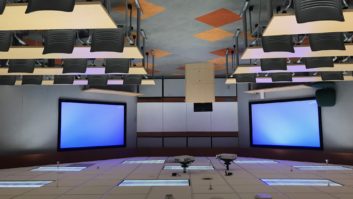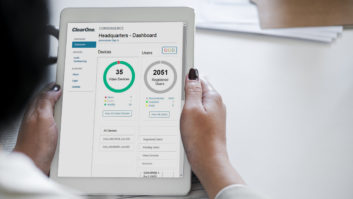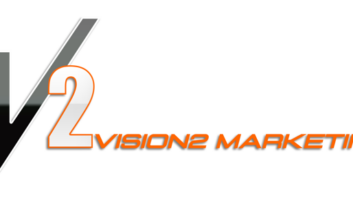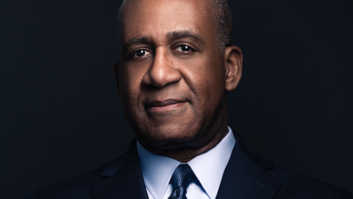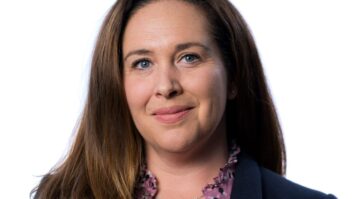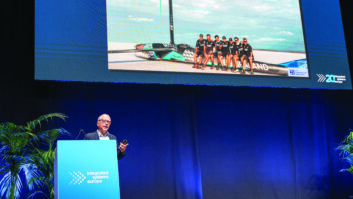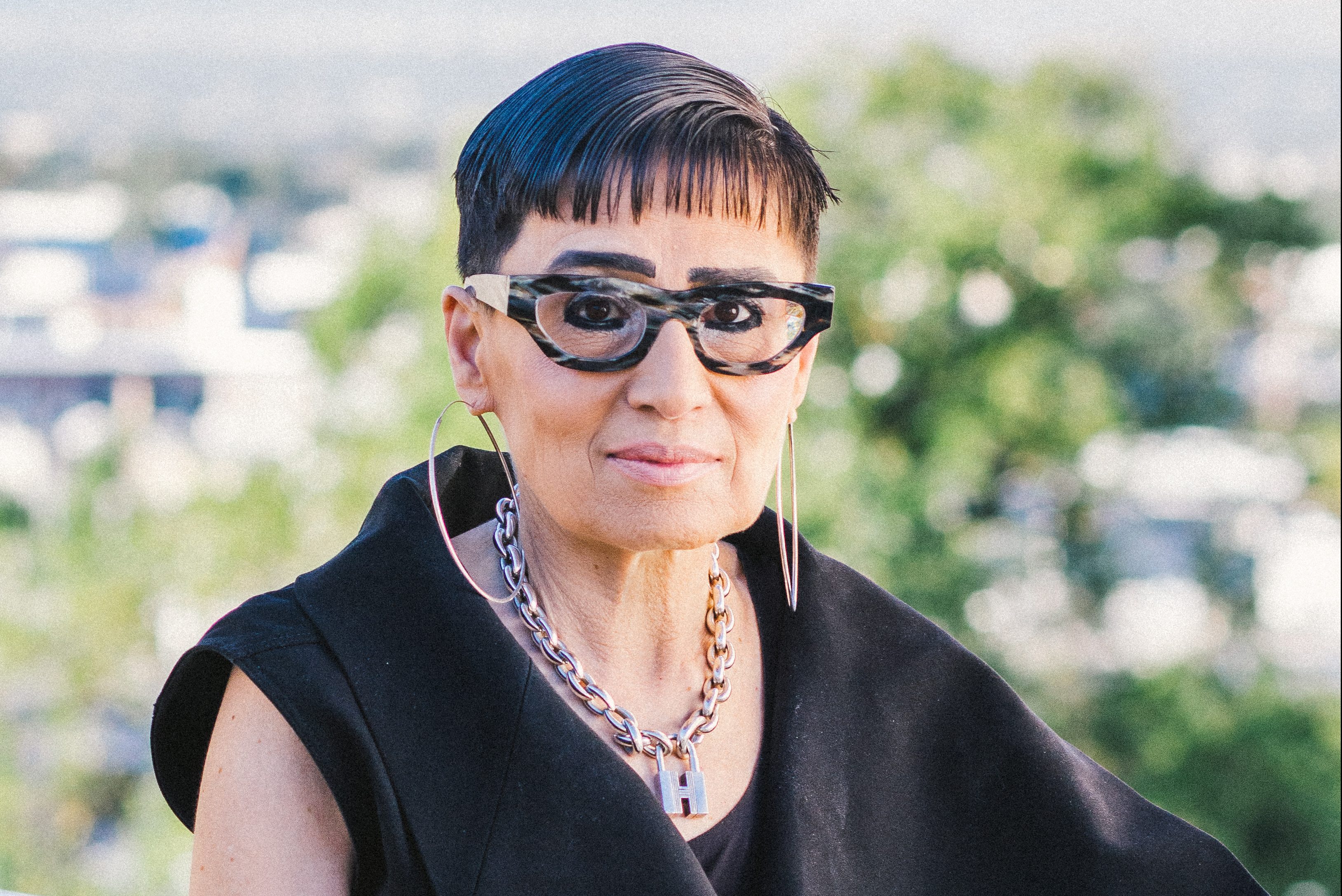
Making communications and collaboration easier and more closely integrated has been the driving principle that has seen ClearOne return to full strength after a challenging early 2000s. President and CEO Zee Hakimoglu reflects on this remarkable trajectory to David Davies – and looks to the future…
To say that Zee Hakimoglu’s 15-year tenure at ClearOne has been ‘eventful’ would be to risk a severe understatement. She became president and CEO of the voice and visual communications solutions specialist during arguably the most difficult period in its entire history, and was obliged to spend much of the ensuing decade restructuring the company, restoring its financial health, and devising an R&D strategy that could steer it through the fast-changing comms landscape.
With a current product range that spans professional audio mixers and microphones, media collaboration, and network media streaming, ClearOne’s latter-day market presence confirms that it is very much a case of ‘job done’ in terms of the company’s global resurgence. Along the way there have been some high-profile plaudits for the part played by Hakimoglu, including Frost & Sullivan’s North American Audio Conferencing CEO of the Year in 2007.
But far from indicating any sign of laurel-resting, Installation’s interview with Hakimoglu revealed an executive who remains extremely excited about the work yet to be done in terms of further response to the ongoing IP revolution, and the steps that can be taken to make the lives of integrators easier as conferencing and collaboration technology evolves. The conversation started, though, with some reflections on Hakimoglu’s career path before joining ClearOne in December 2003…
Can you tell us about your early career and first steps in communications technology?
I started out as an engineer in Silicon Valley in 1979. This was the period when it was the ‘true’ Silicon Valley with all the major silicon companies such as Intel and National Semiconductor [now part of Texas Instruments]. During my time working in that area it began to evolve major interests in data communications, so I got involved with that through some engineering jobs that ultimately saw me working on wireless and fibre optic communications. Over time I shifted from a pure engineering focus to roles encompassing more and more management responsibilities. By the time I left Silicon Valley to join ClearOne, the Valley had already experienced the original dotcom bust and was on its way to pioneering the development of early social media platforms.
What prompted the move across to ClearOne’s side of the business, and how quickly did you become aware of the challenges facing the company?
It was becoming clear to me that Silicon Valley was going through a transition and that I wanted to extend my scope. To some extent I was aware of the technological changes happening in conferencing and communications, and had heard of some of the leading companies, like Polycom, but in truth I was not particularly familiar with ClearOne. But when the job came up I found out more about them and it became clear that they had had a good market position and, in particular, some very strong installed audio products.
So I came onboard as VP of product line management in 2003 – a time at which, as has been well documented, the company was experiencing some terrible challenges related to the former management and former management’s SEC security violations. The company was delisted shortly after I arrived and it was only six months after I joined that I was appointed – following a series of interviews – to the position of CEO.
Therefore there was a really big challenge for me to get everything back on track. We had to restate our entire financials for two years; revamp many systems and improve the factory so it could produce the more complex products we were going to be making in the future; write off certain business areas and losses that had to be taken care of; and restore the confidence of demoralised staff, customers and partners. ClearOne was a company they had adored, and yet it had ended up in a very precarious state, so a lot of time and effort was spent on building up the team and developing a roadmap for the future.
We focused on developing solutions that really gave our customers what they wanted
How did you go about shaping that new roadmap, and what do you perceive ClearOne’s USP to be now?
The way I saw it both then and now is that ClearOne’s strategy had to be based upon identifying and reflecting changes that are happening to technology, channel applications, consumers and models of consumption. You have to be aware of what is going to happen next or you will miss the boat. So once we had addressed our financial situation we started to focus on driving a converged office solution, and we undertook a series of acquisitions to bring the necessary technologies into our portfolio.
Having worked in the high tech industry for 25 years, it was clear to me that wireless, VoIP and advanced digital signal processing technologies were coming of age and that there was going to be a lot of convergence between the AV and IT channels. The cloud was also getting to be big, while patterns of usage were also changing. In general, millennials have been influencing work styles, work tools and also models of consumption, so we placed an emphasis on incorporating the most positive changes in the channel and on developing solutions that really gave our emerging customer base what they wanted.
Rather than needing to go to different vendors for different toolsets, ClearOne allows customers to pick its own ‘best of breed’ solutions that are plug and play. The result is that they don’t need to spend time and money putting the system together themselves. And for integrators this is great news as they know that everything will work together, the project will be finished sooner, and they can get paid more quickly! They don’t have to call on the services of separate vendors for different parts of an AV installation such as one vendor for video, another for audio, another for microphones, and so on. ClearOne provides the total solution.
What do you see as the core drivers of your business now, and where do you perceive ClearOne in terms of industry ‘tiers’?
I think the primary driver for us is still audio. After all, without audio you have no collaboration at all! Data is the second driver and video the third. Bringing these various elements together is AV over IP for streaming that, we believe, is really going to displace standard signage and communications for telemedicine, education and other core applications. To get the necessary flexibility for this level of collaboration, it needs to be software-based with links for cloud access. That’s where the industry is going.
The issue of tiers is very interesting, particularly these days. I do think that different tiers still exist, but as technology continues to develop I suspect that there will ultimately be a few strong vendors that will supply all tiers – and obviously it is our intention that ClearOne be one of them.
What do you think will be the primary driver of conferencing technology progress in the next few years?
As well as maximising the bandwidth utilisation of the network for the end-user, I believe the most important driver is going to be ease of scalability. Being able to offer flexible systems that allow the user to keep the cost down, and which can be scaled up or down as required while holding bandwidth consumption as low as possible, is absolutely crucial. And to get that kind of scalability, efficiency and flexibility, you are really talking about software-based solutions.
In addition to evolving in that area, we also want to make sure that all the core elements – the microphones, the mixers, the video, and so on – continue to develop and can be integrated tightly together. That’s the best way to be able to present them to the channel so that the people in the channel can make a profit.
Some manufacturers are having a tough time as technologies change, so do you think margins will continue to be under pressure going forward?
Margins are always at risk in this industry. At a certain point everyone needs to make money – even the venture capitalists! At ClearOne we don’t over spend the money on over-the-top marketing; rather, our focus is on the development of great products and channel support. If you build the product right – and we know how to do that – then you can work out how to position it in such a way that the manufacturer, distributor and practitioner can all benefit from good margins.
Over time I do think that we will see more consolidation in pro AV, not least because of this move towards total solutions. To compare it to the car industry it’s not like you buy hubcaps in one place and the bodyframe in another – you want to be able to get everything from the one outlet. And so I think that tendency will be reflected in the AV industry organisationally.
Finally, do you think that the pro AV industry has become a better place for women to work over the last few decades?
I am glad to say that I have always been blessed with wonderful support internally at ClearOne, as well as a fantastic channel and market that, in my experience, has long accepted women in the AV industry. The Frost & Sullivan award in 2007 was a wonderful recognition of the work I was doing at ClearOne, and throughout my career I have met many ambitious and smart women in AV. Some people think that the AV industry can be a bit of an ‘old boys’ network’, but I’ve not found that. I do think it could be said to be a more progressive industry than some others.
Of course, it would be great to see more women in pro AV, and anything that can be done to encourage that is to be welcomed. One point I would query is the actual name ‘pro AV’; I am not sure it is entirely suitable now since there is so much emphasis on networking and software. It’s not a case of simply putting up a display or installing an amp these days, so maybe it’s time for a change of name!
